© ROOT-NATION.com - Use of content is permitted with a backlink.
Gravitational waves are one of the most intriguing topics in modern physics and astronomy. Predicted by Albert Einstein in the early 20th century and directly detected for the first time in 2015, these waves have become a crucial milestone in understanding the structure and dynamics of the universe.
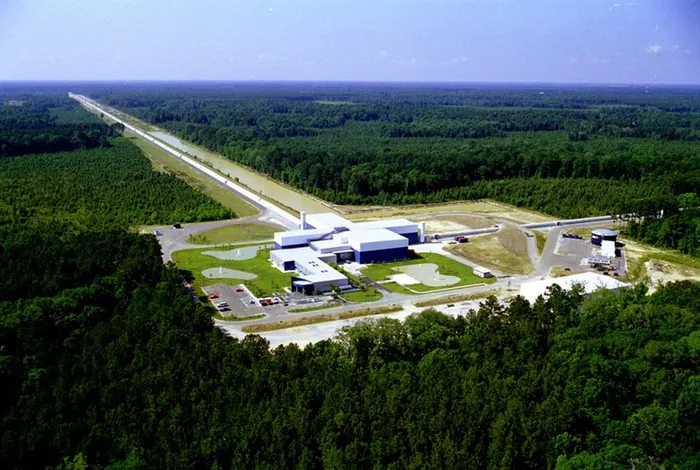
Gravitational waves provide a way to study cosmic events that cannot be observed using traditional astronomical methods, such as optical or radio telescopes. The Laser Interferometer Gravitational-Wave Observatory (LIGO) has played a key role in this emerging field, offering new insights into previously unseen processes in the universe.
Read also: All About Microsoft’s Majorana 1 Quantum Processor: Breakthrough or Evolution?
Pulsations in space-time
Gravitational waves are ripples in the fabric of spacetime, generated by the acceleration of massive objects. According to Einstein‘s General Theory of Relativity, gravity is not a force in the traditional sense but rather the curvature of spacetime caused by massive bodies. When objects such as black holes or neutron stars move or interact, they produce waves that propagate through this curved spacetime.
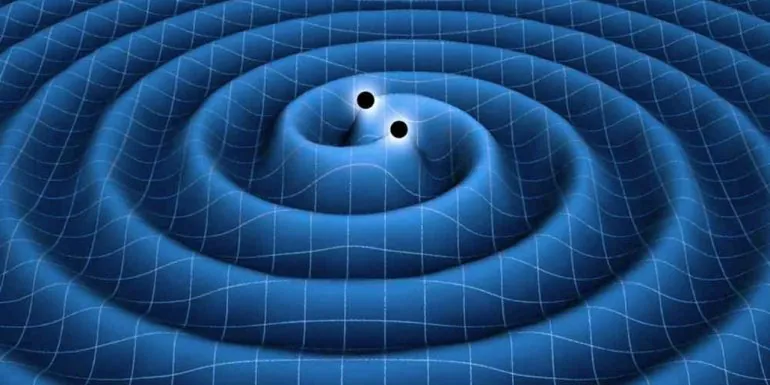
Gravitational waves are ripples in the fabric of spacetime, generated by the acceleration of massive objects. According to Einstein’s General Theory of Relativity, gravity is not a force in the traditional sense but rather the curvature of spacetime caused by massive bodies. When objects such as black holes or neutron stars move or interact, they produce waves that propagate through this curved spacetime.
Read also: Use It or Lose It: How AI is Changing Human Thinking
Origin of gravitational waves
Gravitational waves are generated by extreme cosmic events, including:
- Black Hole Mergers: These are among the most powerful sources of gravitational waves. When two black holes spiral toward each other and merge, they release an enormous amount of energy, which can be detected by observatories like LIGO. Studying these mergers provides insights into the nature of black holes and the behavior of spacetime under extreme conditions.
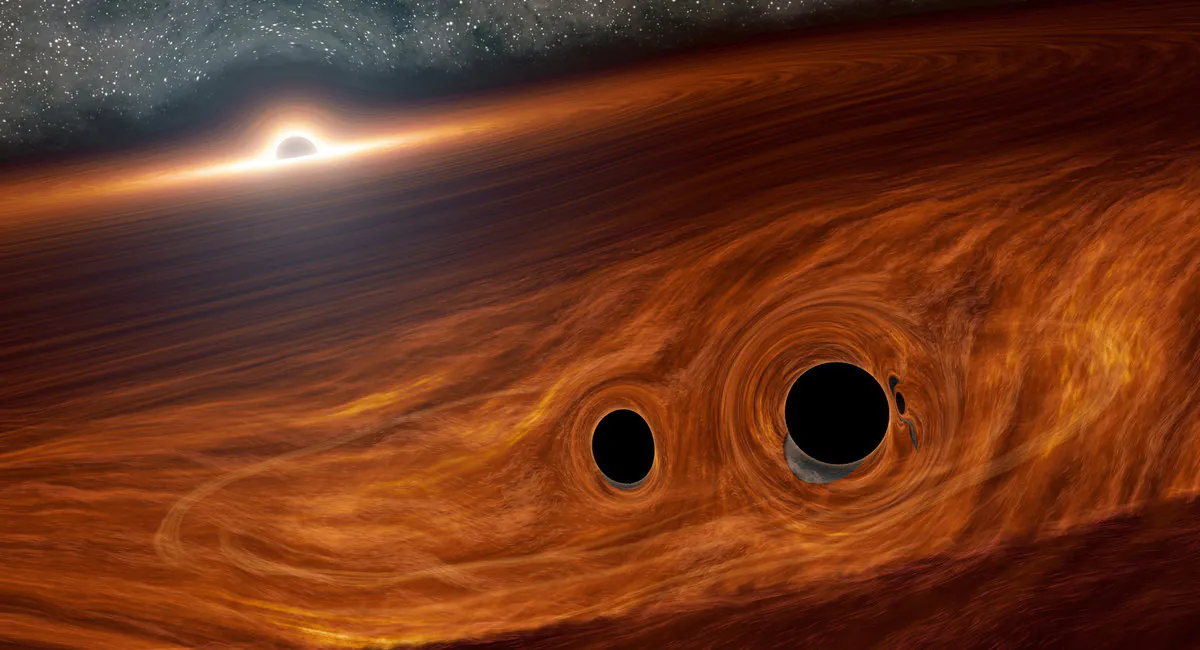
- Neutron Star Mergers: Neutron stars are the remnants of massive stars that have undergone a supernova explosion. When two neutron stars spiral toward each other and collide, they generate gravitational waves. These events are crucial for understanding the final stages of stellar evolution and the processes responsible for the formation of heavy elements like gold and platinum in the universe.
- Supernova Explosions: Supernova are powerful explosions marking the end of a massive star’s life. During the explosion, the star ejects its material into space, producing gravitational waves. While these waves are weaker compared to those from black hole or neutron star mergers, they still provide valuable insights into the mechanisms behind such dramatic cosmic events.
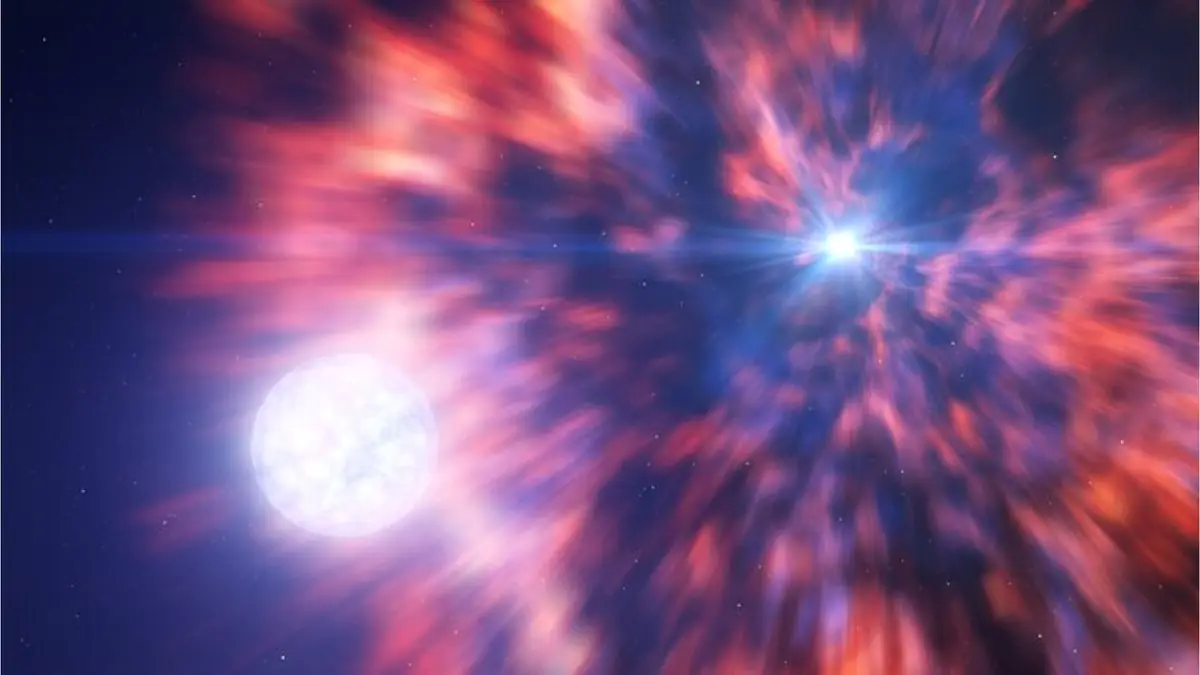
- Cosmic Jets and Other Phenomena: Some astronomers also explore the possibility that gravitational waves may arise from other cosmic processes, such as the rotation of massive objects, interactions between galaxies, and even the powerful jets ejected by active galactic nuclei. These potential sources could expand our understanding of gravitational wave origins beyond mergers and explosions.
Read also: Are Noise-Canceling Headphones Harmful? Insights from Audiologists
Impact of gravitational waves
One of the most remarkable characteristics of gravitational waves is their extremely subtle effect on spacetime. The distortions they cause can be smaller than the size of an atom. For instance, LIGO is designed to detect changes in distance as small as 10−2110^{-21} meters—more than ten times smaller than the radius of a proton.
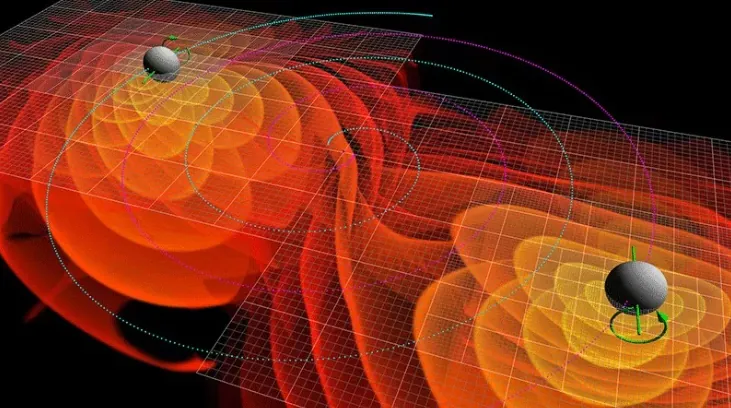
Because gravitational waves cause such minuscule distortions in spacetime, detecting them is an exceptionally challenging task. Several factors must be considered to ensure successful detection, including:
- Background Noise: Vibrations from earthquakes, human activity, and even temperature fluctuations can create interference, making it difficult to isolate gravitational wave signals. To minimize these disruptions, LIGO and other detectors are built in remote locations where external influences are reduced.
- Instrument Calibration: The detection equipment must be regularly calibrated to ensure precise measurements of tiny length variations. This process involves the use of highly accurate lasers and advanced control systems to maintain sensitivity.
Read also: Nuclear Waste: What It Is and How It Is Disposed Of
Measurement of gravitational waves
To successfully detect gravitational waves, LIGO employs the method of laser interferometry.
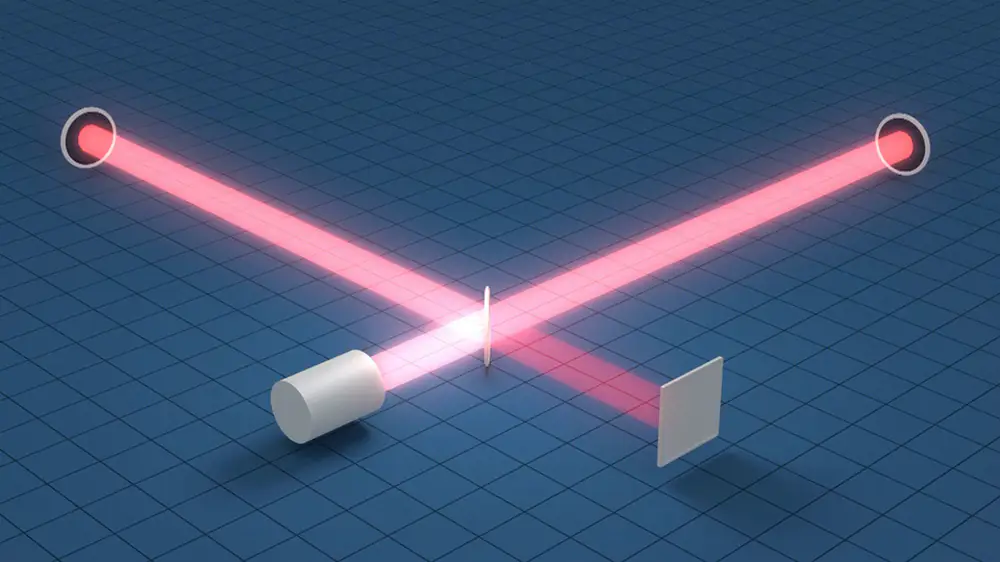
This is a complex technology that includes:
- Interferometer: LIGO consists of two long arms, each 4 kilometers in length, arranged at a right angle to each other. A laser beam is split in half and travels along both arms. When a gravitational wave passes through, it alters the length of one of the arms, causing a change in the time it takes for the laser beams to return to the detector.
- Destructive Interference: In the absence of a gravitational wave, the returning laser beams will cancel each other out, producing a stable signal. However, when a gravitational wave passes through, the length of one beam changes, preventing destructive interference, and allowing the detection of the signal.

- Multiple Reflections: To achieve the necessary sensitivity, the laser beams are reflected multiple times off mirrors located inside the arms. This increases the effective length of the light path, allowing LIGO to detect even the weakest gravitational waves.
Read also: Tectonic Shifts in AI: Is Microsoft Betting on DeepSeek?
High-sensitivity LIGO
LIGO was designed with exceptional sensitivity, enabling it to detect length changes that are 10 times smaller than the size of an atom. To achieve this level of sensitivity, LIGO uses:
- Special Materials: The mirrors used in LIGO are made from pure quartz and weigh about 40 kilograms. They are suspended on thin fibers to minimize the transmission of vibrations.

-
Noise Isolation: LIGO employs complex isolation systems to minimize the impact of external noise. This includes using specialized construction methods to shield the detectors from vibrations caused by earthquakes and transportation movements.
-
Redundant Installations: To enhance reliability and accuracy, LIGO has two facilities—one in Livingston, Louisiana, and the other in Hanford, Washington. This setup allows for cross-checking results and confirming detected signals.
Read also: Most Fascinating Robotics Innovations of 2024
Gravitational-wave astronomy
Gravitational-wave astronomy opens new frontiers in the study of the cosmos, allowing for the exploration of phenomena previously inaccessible to traditional observation methods. Some key aspects include:
- Studying Black Holes: Gravitational-wave astronomy enables the study of black holes, including their mass, spin, and interactions. For example, observing black hole mergers provides valuable data about their properties and evolution.
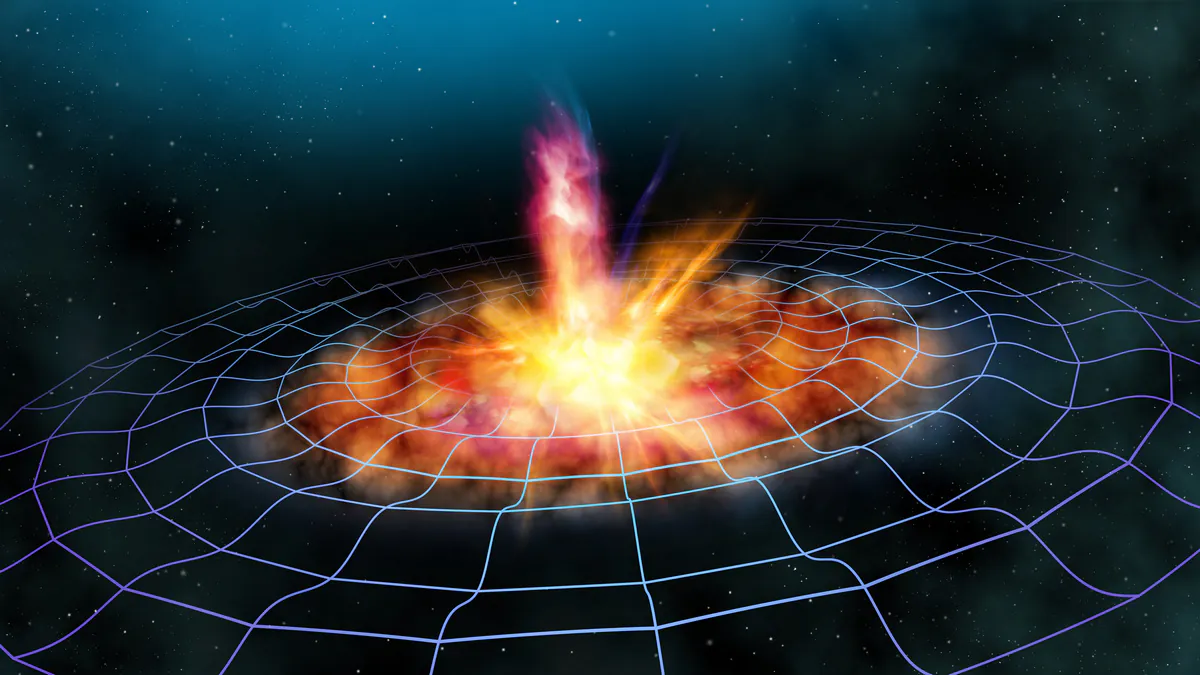
- Neutron Stars and Their Properties: Mergers of neutron stars allow scientists to study their structure and physics. This research could help explain how heavy elements like gold and platinum are formed during these events.
- Dark Matter and Dark Energy: Gravitational waves could provide insights into the nature of dark matter and dark energy, which make up most of the universe but remain largely mysterious.
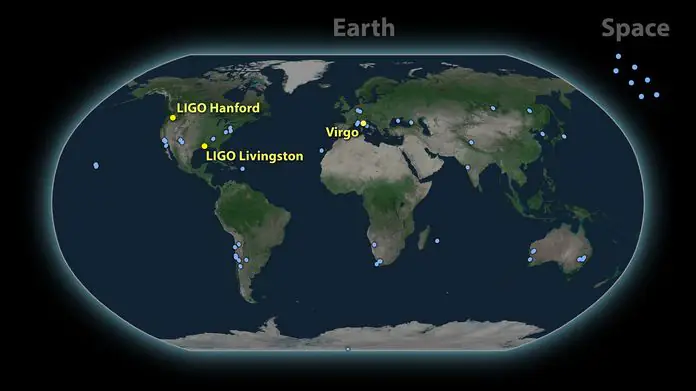
- New Discoveries and Unexpected Results: Each new discovery in gravitational-wave astronomy raises new questions and research opportunities. For example, the potential detection of gravitational waves from events not yet predicted expands our understanding of the universe.
Read also: Biomimicry: How Nature Inspires Engineers to Innovate
Conclusions
Gravitational waves and LIGO are groundbreaking achievements in astronomy and physics. They offer a unique opportunity to peer into the deepest mysteries of the universe and study exotic phenomena that were previously beyond observation. With each new discovery, we move closer to understanding the fundamental laws of nature and the structure of the cosmos.

Gravitational-wave astronomy is just the beginning, and the future of this field promises to be exciting. As technology advances and detector sensitivity improves, we will be able to study even more exotic events and potentially answer questions that have intrigued humanity for centuries.

At the same time, this opens the door for collaborations between physicists, astronomers, and engineers, fostering the creation of new methods for exploration and understanding our place in the Universe. Gravitational waves are not just a scientific phenomenon; they are a key to unlocking the mysteries of the cosmos.
Read also:
- Europa Clipper: Everything You Need to Know Before the Launch of the Largest Spacecraft
- 10 Examples of the Strangest Uses of AI

